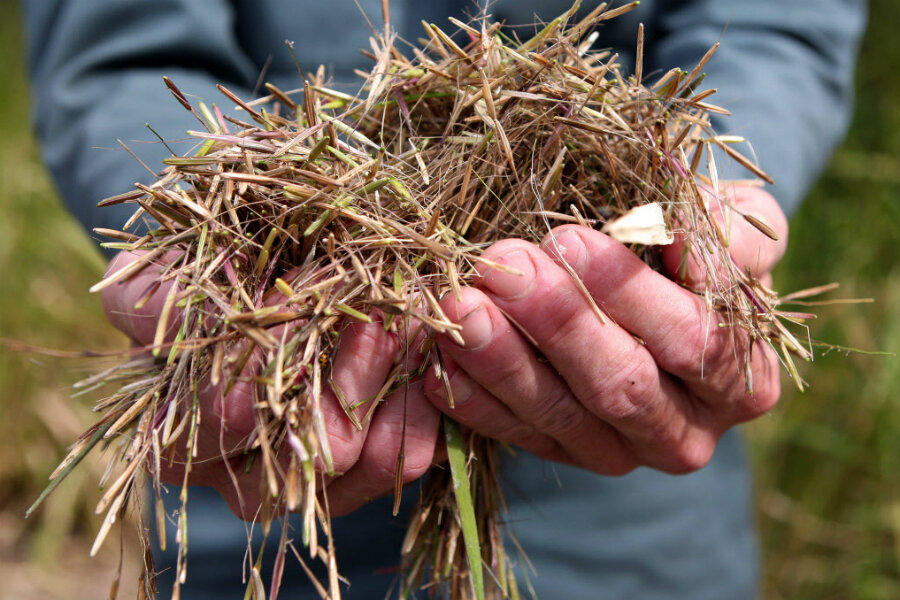Minnesota mine, environmentalists face off over wild rice
Loading...
Can case-by-case rules settle a debate between miners and environmentalists?
Last fall, the Minnesota Pollution Control Agency (MPCA) proposed new limits on sulfate pollution in wild rice lakes. The agency amended its proposal on Tuesday, this time advocating for an individualized approach to pollution control.
“This isn’t a decision yet. It’s the next step in the process,” Shannon Lotthammer, director of the MPCA’s water quality standards unit, told the Associated Press.
Minnesota is home to 11,842 lakes, earning it the nickname "Land of 10,000 Lakes." Wild rice grows naturally in over 1,000 of those lakes. Boreal forest lakes make ideal homes for rice patches, which can survive flooded conditions that would drown competing weeds. The grain holds cultural significance for indigenous people and is valued commercially for its nutritional content.
Research has shown that sulfate and iron levels in lakes can affect the growth of wild rice. Minnesota encompasses part of the Iron Range, a cluster of facilities that mine and process taconite iron ore. These mines produce sulfur compounds called sulfates as a byproduct, depositing them into nearby waters. Bacteria convert sulfates into sulfides, which settle into lake sediment. Sulfides are thought to suppress nutrient uptake by wild rice, essentially choking them at the root.
In the 1970s, Minnesota's legislature established a flat limit on sulfate in wild rice lakes: 10 parts per million. Mining interests have argued that the standard is too restrictive, so the MPCA has recently developed a formula that sets limits on a case-by-case basis. The formula considers iron, carbon, sulfate, and sulfide levels to make threshold recommendations in each of Minnesota’s rice lakes.
In-house research by the MPCA suggests that iron can reduce sulfate-to-sulfide conversion rates by bonding with sulfur to form a solid. An increase in iron concentration, the agency says, would allow continued sulfate production without impacting wild rice.
But not everyone agrees with the new approach. Paula Maccabee, attorney for an environmental group called WaterLegacy, told the Duluth News Tribune that the MPCA has ignored contradictory findings. She cited new research conducted by John Pastor, a professor of biology at the University of Duluth, which suggests that iron may not reduce sulfate conversion at all.
Rather, Dr. Pastor has argued that precipitating iron sulfide can form a plaque on wild rice roots, hindering seed production.
"We already know that the existing sulfate limit is effective and reasonable. But PCA, ignoring evidence that the equation they are developing is flawed, continues down this path and away from protecting wild rice," Maccabee said. "They are developing this very complex and flawed process based on pressure from the mining industry and Iron Range lawmakers when their primary concern should be protecting wild rice."
The MPCA will accept feedback on the proposal through Sept. 6, after which time the rule-making process will begin. Any changes in pollutant standards must be approved by the Environmental Protection Agency.








